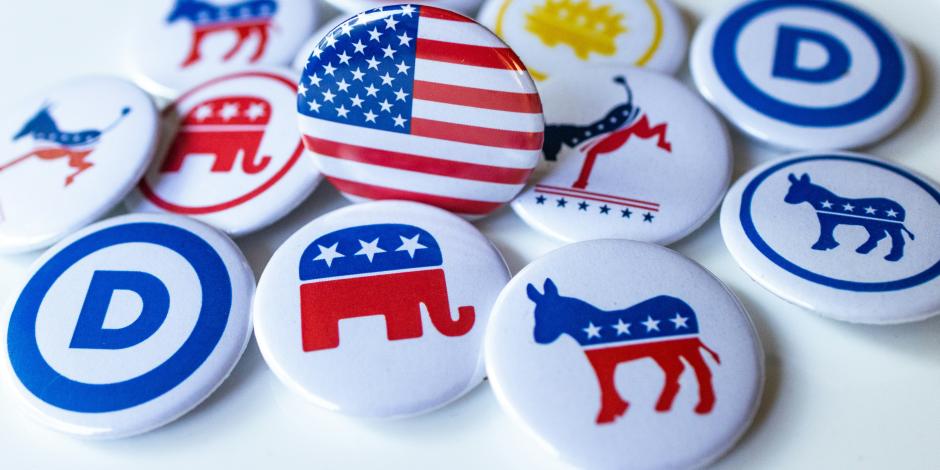Starten Sie den Audio-Text
Mit dem Audio-Player können Sie sich den Text anhören. Darunter finden Sie das Transkript.
Are you confused about the U.S. political system? Would you like more information about the various steps that take place before a new president is elected? We asked Business Spotlight editor-in-chiefChefredakteur(in)editor-in-chief Judith Gilbert to explain the process.
Judith: It’s a very complicated process, the presidential election. The primaryVorwahlprimaries and the caucusVorwahlcaucuses take place across the U.S. from January to June of the election year, and they’re run sth.hier: etw. durchführenrun by state and local governments and the party members — people who are Republican or Democrat, because we only have a two-party system, really. They elect the nomineeNominierte(r), Kandidat(in)nominees. They go to a polling station (UK)Wahllokalpolling station and vote. And then, that happens in January to June. And then, the second step happens in July and August: the national conventionNationalkonventnational conventions of the two big parties. And that’s when each party announces its official presidential candidate and when the candidate’s choice of vice president is officially announced. That’s July and August, and then in the run-upVorfeldrun-up to election day, which is always the first Tuesday after November 1, the two candidates campaignhier: Wahlkampf führencampaign across the country. They tour the country and do town hall meetingBürgerversammlungtown hall meetings and speak to people and kiss babies and collect money and try and get the vote. And then, the election day itself: the popular voteStimme aus der Bevölkerungpopular votes and the electoral voteStimme einer Wahlpersonelectoral votes. Who’s eligiblewahl-, stimmberechtigteligible? Americans who are 18 and over. They can elect the president and their vice president. They don’t have to be a member of a party to do so. It happens, as I said, on the first Tuesday after November 1 of the election year. These individual popular votes in the 50 states and in Washington, D.C., are then counted. However, as we saw in recent history, the person who gets to be president is not necessarily the person who gets the most popular votes. In 2016, Hillary Clinton got almost three million more popular votes than Donald Trump did. But in spite of this, as we all know, she didn’t win the election because she didn’t win the majority of the states’ electoral votes. And the “electoral votes” are in German the Wahlmänner for each state, but each state is different. California, for example, has a population of around 40 million people, but Kansas, say, only has about three million. So, each state gets a number of electorWähler(in); hier: Wahlmann/-frau, Wahlpersonelectors based on the size of its population. It sounds fair and logical, but it isn’t. Because of the way the electoral districts in each state are drawn, and these are draw sth.hier: etw. absteckendrawn and manipulated to weight the states in favour of whoever’s drawing and manipulating. And that’s how someone with fewer popular votes can actually get to become president.
Neugierig auf mehr?
Dann nutzen Sie die Möglichkeit und stellen Sie sich Ihr optimales Abo ganz nach Ihren Wünschen zusammen.



